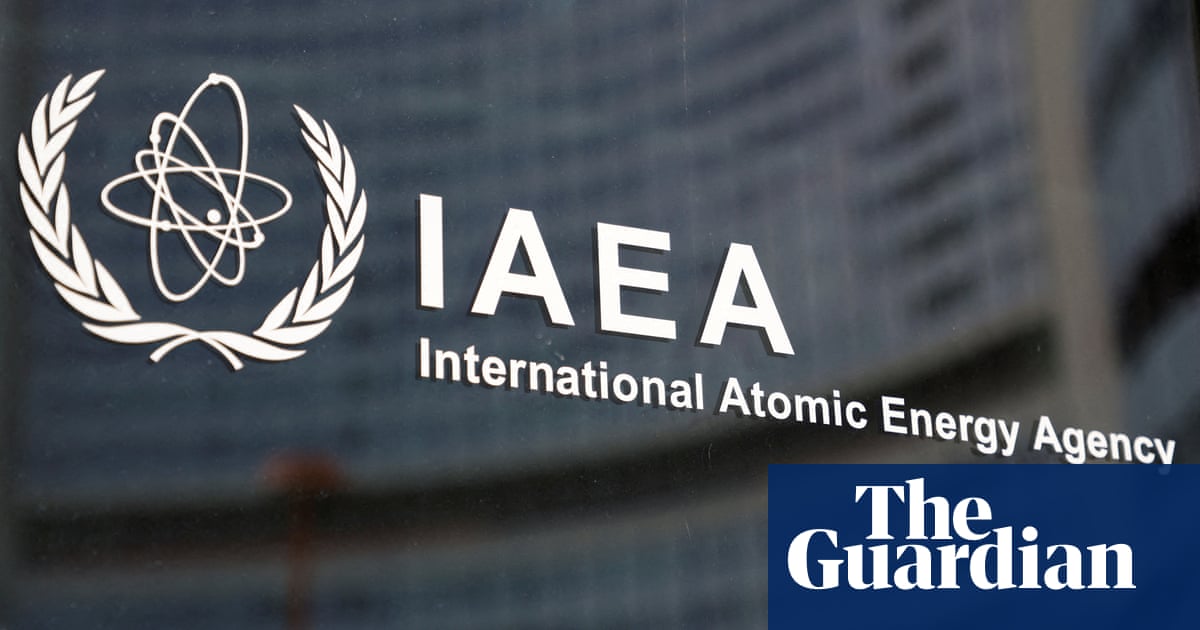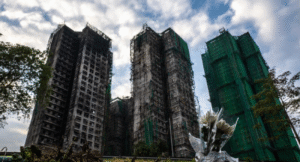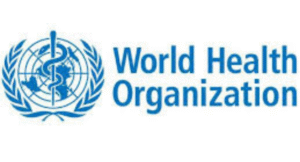
UN nuclear inspectors have found that approximately 2.5 tonnes of natural uranium is missing from a site in Libya that is not under government control.
The director general of the International Atomic Energy Agency (IAEA), Rafael Grossi, told the organisation’s member states that inspectors on Tuesday found that 10 drums containing uranium ore concentrate “were not present as previously declared”.
The IAEA would conduct further activities “to clarify the circumstances of the removal of the nuclear material and its current location”, it said, without providing further details on the site.
Natural uranium cannot immediately be used for energy production or bomb fuel, as the enrichment process typically requires the metal to be converted into a gas, then later spun in centrifuges to reach the levels needed.
However, each tonne of natural uranium, if obtained by a group with the technological means and resources, can be refined to 5.6kg (12lbs) of weapons-grade material over time, experts say. That makes finding the missing metal important for nonproliferation experts.
The finding is the result of an inspection originally planned for last year that “had to be postponed because of the security situation in the region” and was finally carried out on Tuesday, according to a confidential statement from Grossi.
In 2003, Libya, under its then-leader Muammar Gaddafi, renounced its nuclear weapons programme, which had obtained centrifuges that could enrich uranium as well as design information for a nuclear bomb, although it made little progress towards a bomb.
The African country has been mired in a political crisis since Gaddafi’s fall in 2011, with myriad militias forming opposing alliances backed by foreign powers.
Libya remains split between a nominally interim government in the capital, Tripoli, in the west and another in the east backed by the military strongman Khalifa Haftar.








